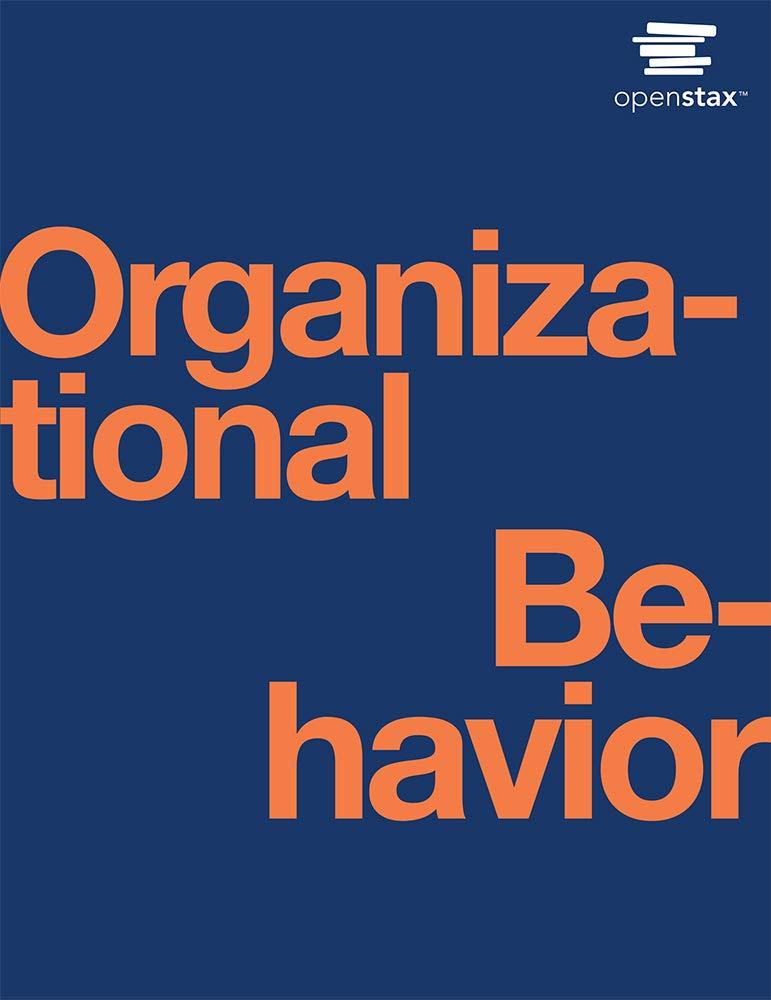As the workforce becomes increasingly more diverse, managers will face a major challenge in understanding how to
Question:
As the workforce becomes increasingly more diverse, managers will face a major challenge in understanding how to manage diversity. One of many decisions to be made is whether an organization should offer diversity training and, if so, what topics and issues should be addressed based on the organizational goals.
There has been a debate over the effectiveness of corporate diversity training since the Civil Rights Act of 1964 helped prompt corporate diversity training with the organizational goal of simply being compliant with the law. Prior research shows that it can be effective, ineffective, or even detrimental for employees, but as diversity training has evolved through the years, it has become an important factor in helping employers manage diversity.
In the 1980s through the late 1990s, diversity training evolved from focusing solely on compliance to addressing the needs of women and minorities as they entered the workforce at a faster rate. Unfortunately, this type of training was perceived by Whites and men as singling them out as the problem; sometimes such training was even formatted as “confession” sessions for White employees to express their complicity in institutional racism. Not unexpectedly, this type of training would often backfire and would further separate employees from each other, the exact opposite of its intention. Recently, diversity training has evolved to focus on (1) Building cultural competencies regarding fellow employees, (2) Valuing differences, (3) Learning how diversity helps make better business decisions.
This perspective toward diversity training is more effective than simply focusing on causes of a lack of diversity and the historical roots of discrimination. Understanding how to comply with the law is still important, but training has a greater effect when the other factors are also included.
A recent study investigated various diversity-training methods, including having participants engage in activities on perspective taking and goal setting. For perspective-taking activities, participants were asked to write a few sentences about the challenges they believed minority group members might experience. Goal-setting activities involved writing specific and measurable goals related to workplace diversity such as crafting future policies or engaging in future behaviors. Researchers found that when these activities were used as a diversity-training method, pro-diversity attitudes and behavioral intentions persisted months later.
Issues regarding employee sexual orientation have also been introduced into corporate diversity training in recent years. Because employees’ religious beliefs are protected by Title VII of the Civil Rights Act, employers should be sensitive to balancing the rights of lesbian, gay, and bisexual employees and employees’ religious rights. Attempting to protect the rights of one group and not be perceived to disrespect another is a difficult situation for managers. In order to mitigate any backlash from some employees, employers should seek feedback from all groups to learn the best ways to accommodate them, and should assess the organizational climate. Additionally, managers should explain how diversity based on sexual orientation aligns with the company’s strategic objectives and explain the company’s legal position with supportive reasoning. Lastly, based on their organizational climate and how it reshapes itself over time, some companies may wish to address diversity training on sexual orientation in a voluntary training separate from other diversity issues.
Discussion Questions
1. Why do you believe diversity training is resisted by some employees?
2. Do you believe there will always be a need for workplace diversity training?
3. How would you determine what types of diversity training are needed at your company?
Step by Step Answer:






